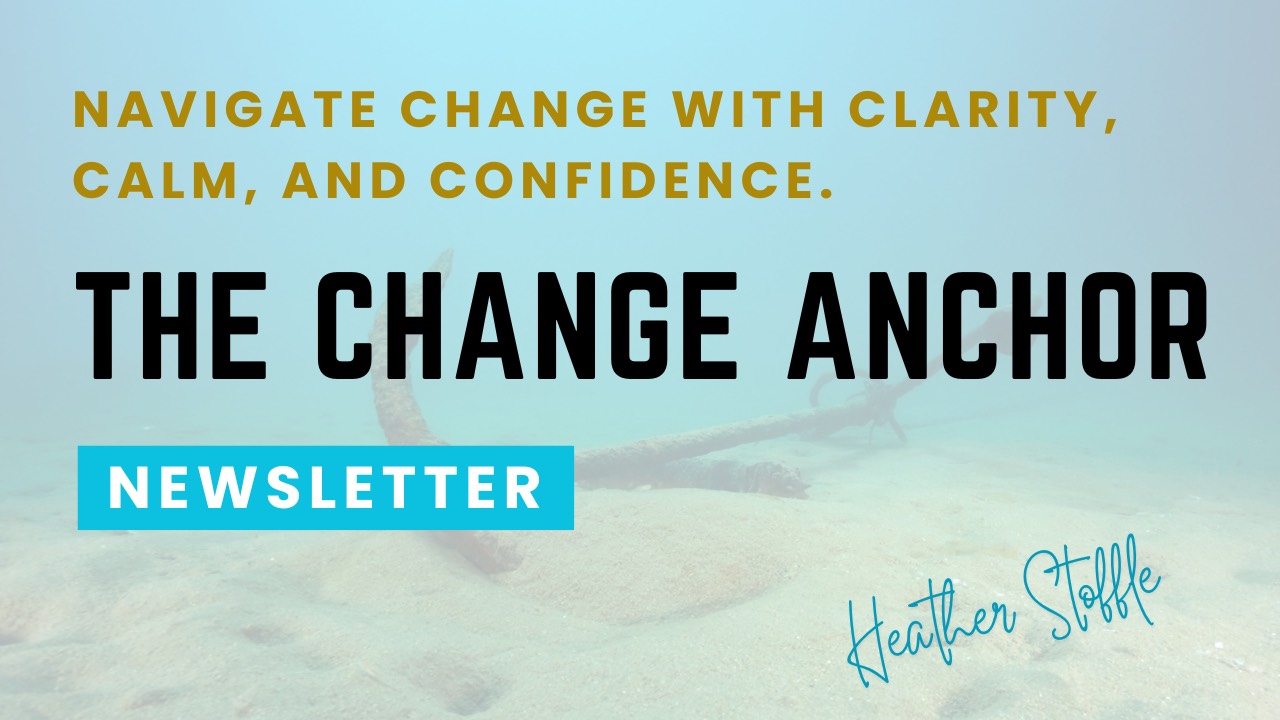Why People Resist Change and How I Help Leaders Navigate It
Nov 04, 2024
Change resistance is something I’ve encountered in nearly every leadership role, from launching new tools to guiding complex mergers. From my own experience and supported by research from behavioral science, resistance follows three key themes: fear of the unknown, the need for involvement, and perceptions of fairness and support. These dynamics shift, however, based on whether the change is simple or complex, and understanding these nuances allows me to offer actionable strategies that actually work.
When change is straightforward, like rolling out a new technology platform, resistance is often about habit disruption. People resist because the change feels like an annoyance that disrupts their regular routine. A quick win here can be clear communication and fast training. It doesn't take much to move past initial pushback when the change is simple. However, with complex changes, such as organizational restructures, the fear goes deeper. People worry about job security, losing relevance, or how the new system will alter their career trajectory. This is where leadership needs to lean in with transparency and empathy to calm anxieties.
Another area that makes or breaks change initiatives is participation. With smaller changes, employees often don’t need extensive involvement so having some clarity and a chance to provide quick feedback can usually smooth things over. But complex changes demand more meaningful involvement. If employees feel left out or blindsided, resistance grows. I’ve seen leaders make this mistake by pushing through major changes without bringing their teams along for the ride or being empathetic to people's feelings, especially if the change is looked at as "mandatory". Technology changes are usually the worst offenders of this. Bringing people in early fosters ownership and makes change feel collaborative rather than imposed.
Lastly, fairness and support play a pivotal role in change. For simpler changes, it’s about whether employees feel they have the right tools and enough time to adapt. But when you're looking at complex shifts, fairness becomes a cornerstone to success. I’ve observed that if employees believe leadership is distributing workload and opportunities equitably, resistance greatly drops. When fairness is lacking, however, resistance becomes a powerful undercurrent that undermines morale and productivity.
These lessons aren’t just theoretical or academic in nature, they’re the actual strategies I use to help leaders drive meaningful change in complex environments. If it's a simple change... clear and quick communication may be all you need. However, when you're dealing with complex change, that’s where it's critical to guide leaders to build trust, involve their teams deeply, and ensure fairness at every turn. My approach leverages both experience and behavioral science to reduce resistance and help teams embrace change.
Overcoming resistance, especially in complex environments, takes more than surface-level solutions. I’ve seen firsthand how these approaches not only reduce resistance but also build momentum toward lasting change.
If you're ready to take your leadership to the next level and learn how to move past resistance with confidence, let’s connect. Explore my coaching programs or reach out to discover how I can help you and your team drive meaningful, lasting change.
-Heather




